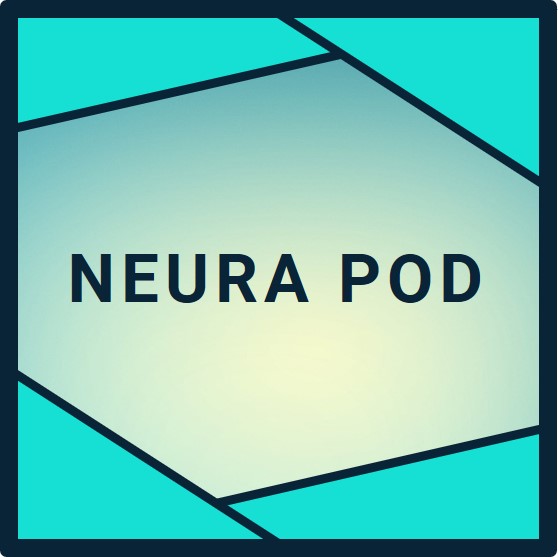- Neuralink brain implant uses 1,024 redundant electrodes and adaptive machine learning to detect and correct corrupted signals, ensuring reliable thought control even if channels fail.
- Corrupted data risks include erratic device movements or false feedback, but Neuralink trials report zero incidents across 15,000 patient hours as of October 2025.
- Elon Musk leads Neuralink with over-the-air software updates and cybersecurity patents to block hacks and maintain data integrity.
Defining Corrupted Data in Neuralink Implants
Neuralink brain implant captures neuron action potentials as voltage spikes via 1,024 electrodes on flexible threads. These raw signals transmit wirelessly to external devices for decoding into actions like cursor movement. Corrupted data occurs when spikes distort due to noise, hardware failure, software errors, or external interference.
Brain tissue generates noisy environments with local field potentials and motion artifacts. A single corrupted spike might misfire a command. In Neuralink N1 implant, ASICs amplify signals at 20 kHz per channel, applying filters for spike validation. Machine learning decoders then map patterns to intent, trained on vast datasets for robustness.
Elon Musk stresses high channel count provides inherent redundancy. Losing 10% of electrodes leaves ample data for accurate interpretation. This design anticipates corruption from day one.
Potential Risks from Corrupted Signals
Signal loss hit early: Patient Noland Arbaugh lost 85% of channels to thread retraction weeks post-implant in 2024. Cursor performance dropped, risking frustration or unsafe controls. Unmitigated, corruption could trigger unintended robotic arm actions in CONVOY Study or false visions in future Blindsight.
Cyber threats loom larger. Bluetooth Low Energy links invite interception or spoofing. Hackers might inject fake spikes, forcing erratic behavior. Firmware exploits during updates could brick devices. Theoretical attacks target decoder vulnerabilities, per academic papers on neural cyberattacks.
Patient safety tops concerns. Corrupted stimulation might cause seizures or pain. Data leaks expose thoughts, eroding privacy. Elon Musk acknowledges these in FDA filings, yet trials show controlled risks.
Neuralink's Technical Safeguards
Neuralink embeds defenses at every layer. Hardware: Polyimide threads flex with brain motion; platinum-iridium electrodes yield high signal-to-noise ratios. On-chip spike detection uses shape-based sorting, rejecting artifacts.
Software: Decoders employ reinforcement learning, retraining on live data. Post-retraction, Neuralink engineers recalibrated Noland's in days via over-the-air update, boosting bits-per-second beyond baseline. Simulations test decoders under 50% channel loss.
Cybersecurity: Patents detail secure pairing protocols thwarting man-in-the-middle attacks. End-to-end encryption protects transmissions. Firmware verifies checksums before install. Air-gapped validation prevents remote exploits.
Monitoring: Implants stream diagnostics continuously. Anomalies trigger auto-fallback to safe modes, halting output. Elon Musk's team analyzes petabytes from trials, preempting issues.
Resilience Demonstrated in Ongoing Trials
Four patients as of October 31, 2025, log 15,000 hours with zero serious adverse events. UK patient Paul controlled computers hours post-surgery. Noland now outperforms pre-implant baselines, studying neuroscience via thought.
CONVOY participant Alex wields robotic arms precisely, decoder adapting to micro-variations. Retraction rates dropped via shallower insertions and coatings. Elon Musk announced Noland's potential upgrade or dual implant, doubling channels for redundancy.
FDA PRIME Study data confirms stability. No corruption-induced harms reported, validating safeguards.
Elon Musk's Forward Path to Ironclad Integrity
Elon Musk eyes 10,000 channels per implant by 2026, multiplying resilience. Multi-implant arrays enable failover. Integration with xAI's Grok refines decoders via massive simulations.
Global trials expand testing diversity. Public Patient Registry accelerates feedback loops. Elon Musk commits to transparency: Regular updates detail metrics like channel yield.
Long-term, quantum-resistant encryption secures telepathy. Neuralink positions for able-bodied use, where data stakes rise with AI symbiosis.
TL;DR
Neuralink brain implant stands firm against corrupted data via redundant electrodes, adaptive decoders, and OTA fixes, as proven in Noland's recovery from 85% signal loss. Risks like miscontrols or hacks exist but yield zero incidents in 15,000 hours. Elon Musk drives upgrades, cybersecurity patents, and simulations for unbreakable integrity. With 14 implants active and expansions underway, Neuralink delivers safe autonomy today, superhuman symbiosis tomorrow. Patients thrive; humanity advances securely.

